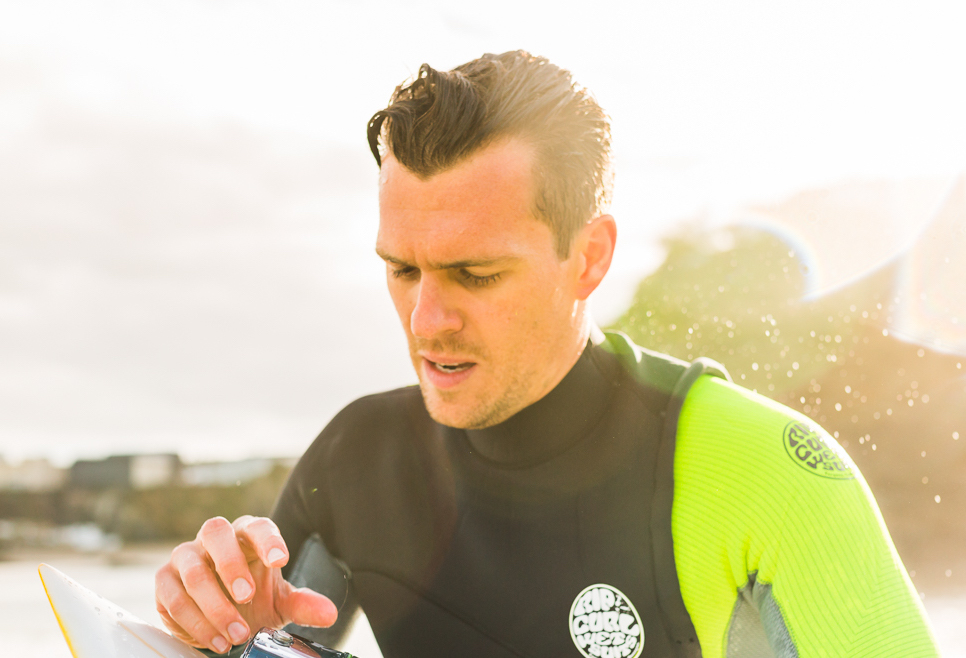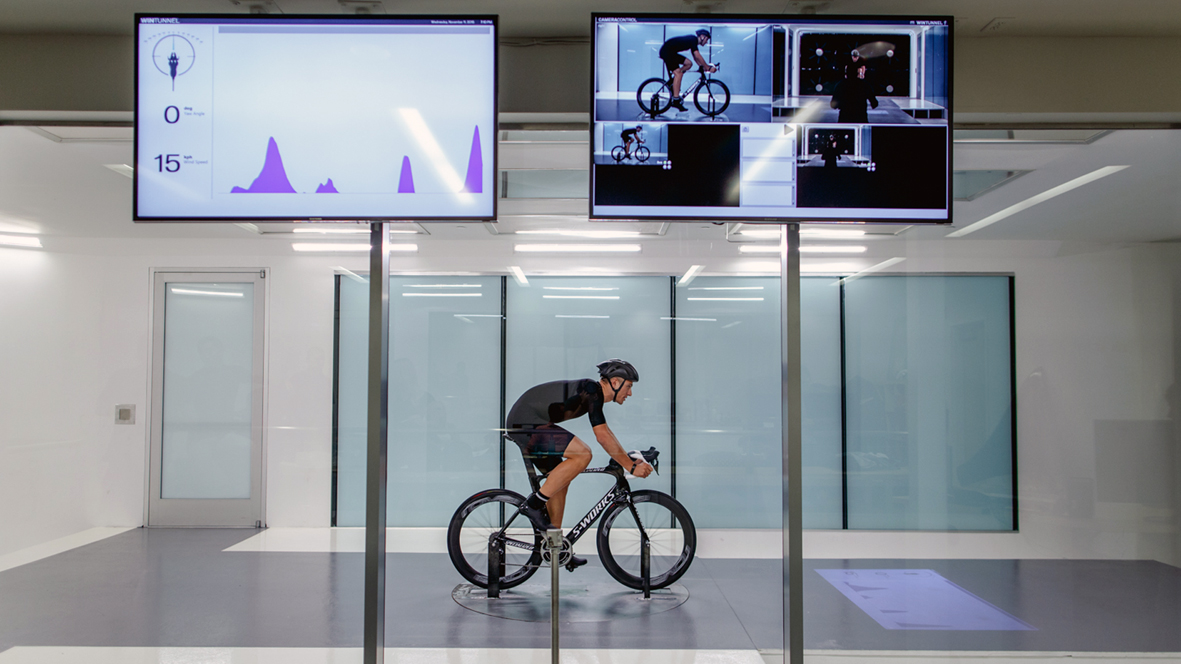
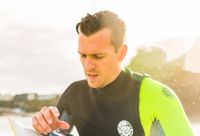
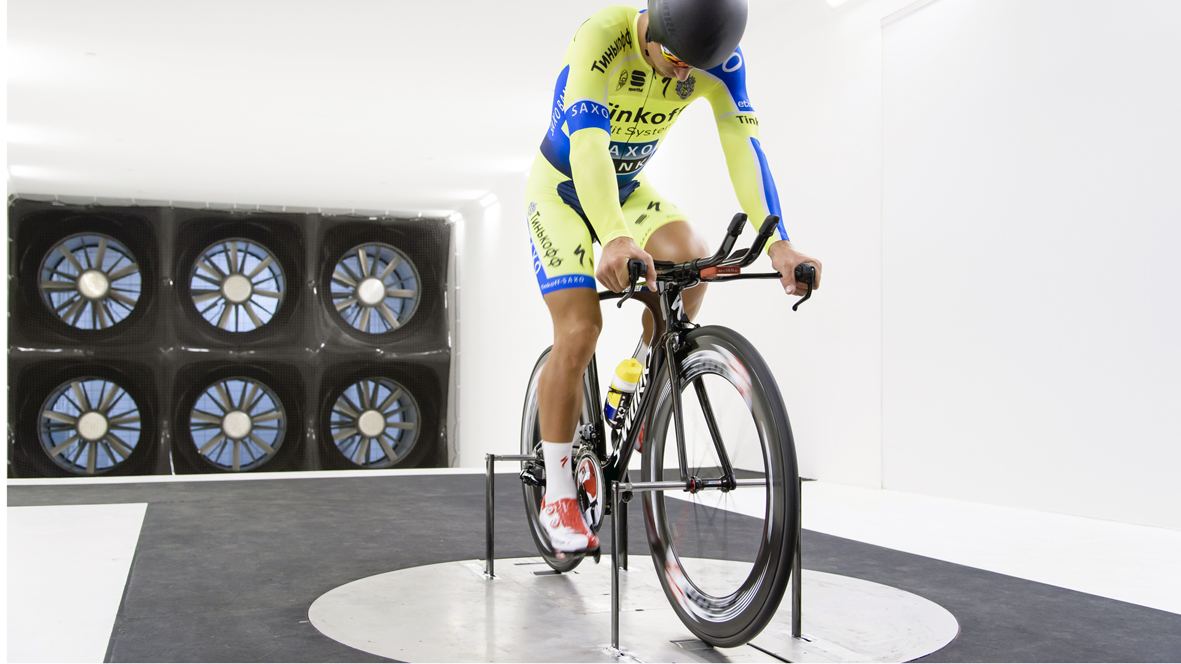
Pro cycling gear you can buy today albeit not at all cheaply
Ever wondered what it might cost to kit yourself out like a cycling pro? T3's Leon Poultney spoke to experts from some of the leading cycling teams and brands to find out. His fee for writing this should just about cover the expense, we reckon…
You may have heard that a bunch of mad bastards are currently cycling 2,187-miles around France, often averaging speeds of around 35mph for hours on end using nothing but the power of their ham hock legs and some seriously slick cycling equipment.
Yes, we're talking about the Tour de France and it's arguably the most high-tech peloton in recent years, with bikes that have been rigorously tested in wind tunnels for the ultimate in aero gains, clothing that's lighter and more slippery than ever and telemetry that rivals some Formula 1 teams.
While we can't help you with the ham hock legs, we can point you in the direction of the tech that the pros use.
Now, five-times Tour de France winner Bernard Hinault once said, "an amateur should think long and hard before attempting one of these stages," but screw that guy; if you're going to tackle an Etape du Tour, you may as well get geared up like a pro.
Prepare to blow a monster amount of cash, as this kit doesn't come cheap, but it's the real deal and could see you shave seconds off your Strava Segments. Because, you know, that King of the Mountain badge is definitely worth it.
The total cost of all this can be found on the last page. Warning: it will make your eyes water.
• The best carbon fibre road bikes under £10,000: get serious
• The best road bikes under £2,000: get slightly less serious
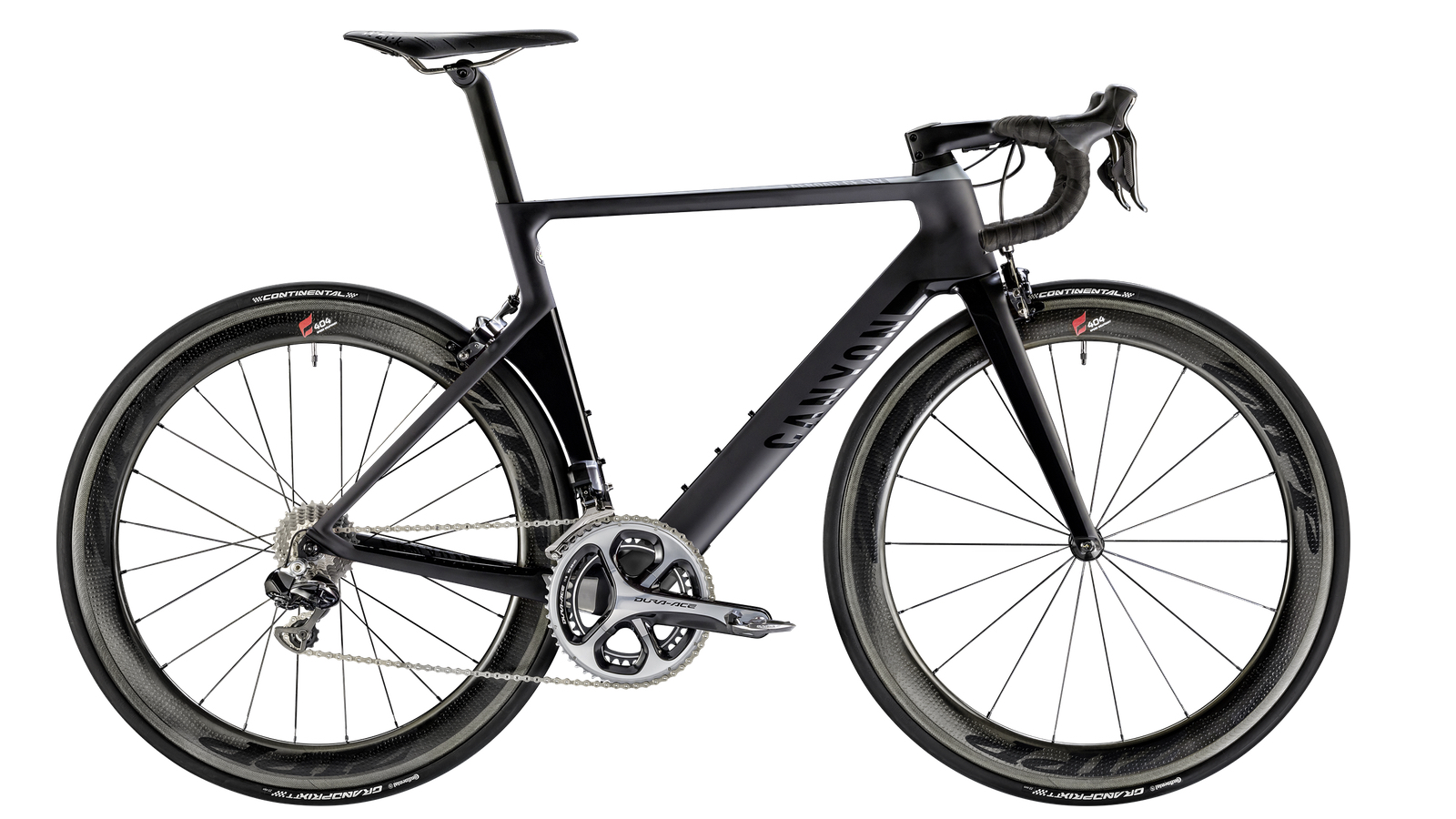
The bike: Canyon Aeroad CF SLX 9.0 LTD
Selected by Team Movistar to tackle the Tour this tear, this bike comes fully kitted-out with pro spec everything: Shimano Dura-Ace Di2 electronic gearing, sprint shifting levers, Zipp 404 rims and super lightweight, full carbon frame that tips the scales at 6.7kg.
Interestingly, that's 100g under the legal weight limit for the Tour, so Movistar will actually have to swap out components and replace with slightly heavier ones - the chain for instance - or even add a tiny bit of lead in the top tubes or seat posts!
With that sort of spec, it's no wonder you'll see the likes of Nairo Quintana and Alejandro Valverde dancing up the mountain stages of the Tour aboard a Canyon. It also goes some way to explain why it costs more than a brand new Dacia Sandero.
Having said that, it's verging on cheap compared to some of the bikes in this list.
£6,699 | Buy Aeroad CF SLX 9.0 LTD
Running total: £6,699
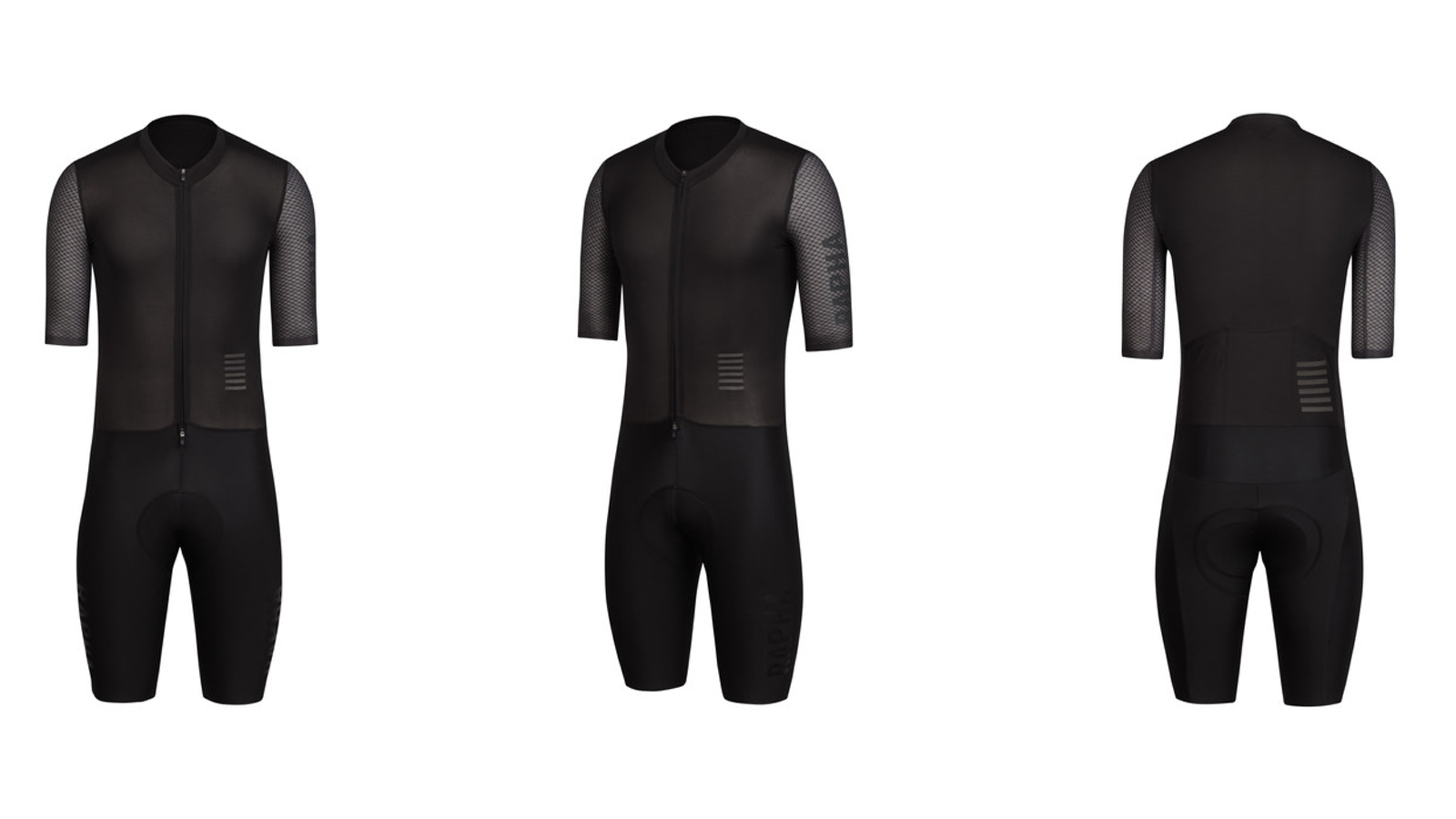
The suit: Rapha Pro Team Aerosuit
It's tight, it's slippery and it has been extensively tested and proven in a wind tunnel to produce results, which is why you'll see the riders of Team Sky slipping into this slinky number before racing.
The secret is in the seam positioning, which has been carefully placed for optimal airflow, while a minimal number of pattern pieces and a close-fit ensure it slices through the air like Japanese steel.
"There were five rounds of tests in both wind tunnel and velodrome with a total of 23 versions of that suit being tested overall," explains Simon Huntsman, Head of Research and Development at Rapha. "The texture of fabric changes the resistance of the object through surface texture. It manipulates the air around it and the less resistance, the more time you save."
£230 | Rapha Pro Team Aerosuit
• Yes, we've got plenty more technical cycle gear if you want it…
Running total: £6,929
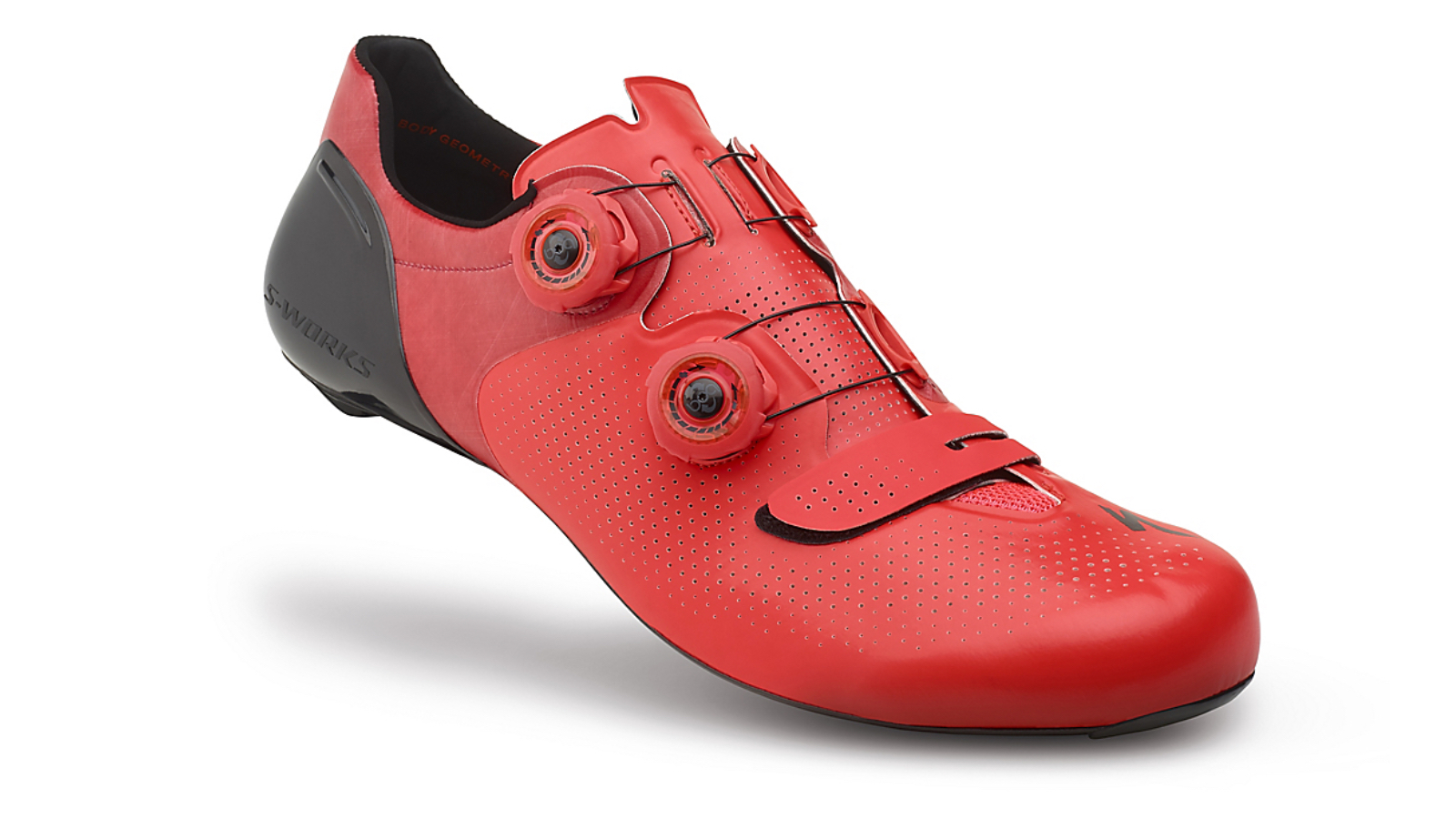
The shoes: Specialized S-Works 6
Specialized was the first cycling company to build its own wind tunnel testing facility and as such, has reaped rewards in the realms of aero. ever since
The Sub6 shoe is one result, and it has been proven using real rider data and exhaustive testing that a pair can save up to 35 seconds over a 40km flat stage.
"The rise of 3D printing and the ability to instantly test new products means we have made some huge gains in the past few years," explains Chris Riekert, Road Marketing Manager at Specialized. "We are now at a point where we can take rider data and overlay it on telemetry,weather and other course information to decide the best combination of products for the pro riders on the day," he adds.
Marginal gains might not be at the top of your training list but the lightweight construction, expert fit and dual Boa-closure system make for an extremely comfortable and adjustable shoe.
£280 |Buy Specialized S-Works 6
Running total: £7,209
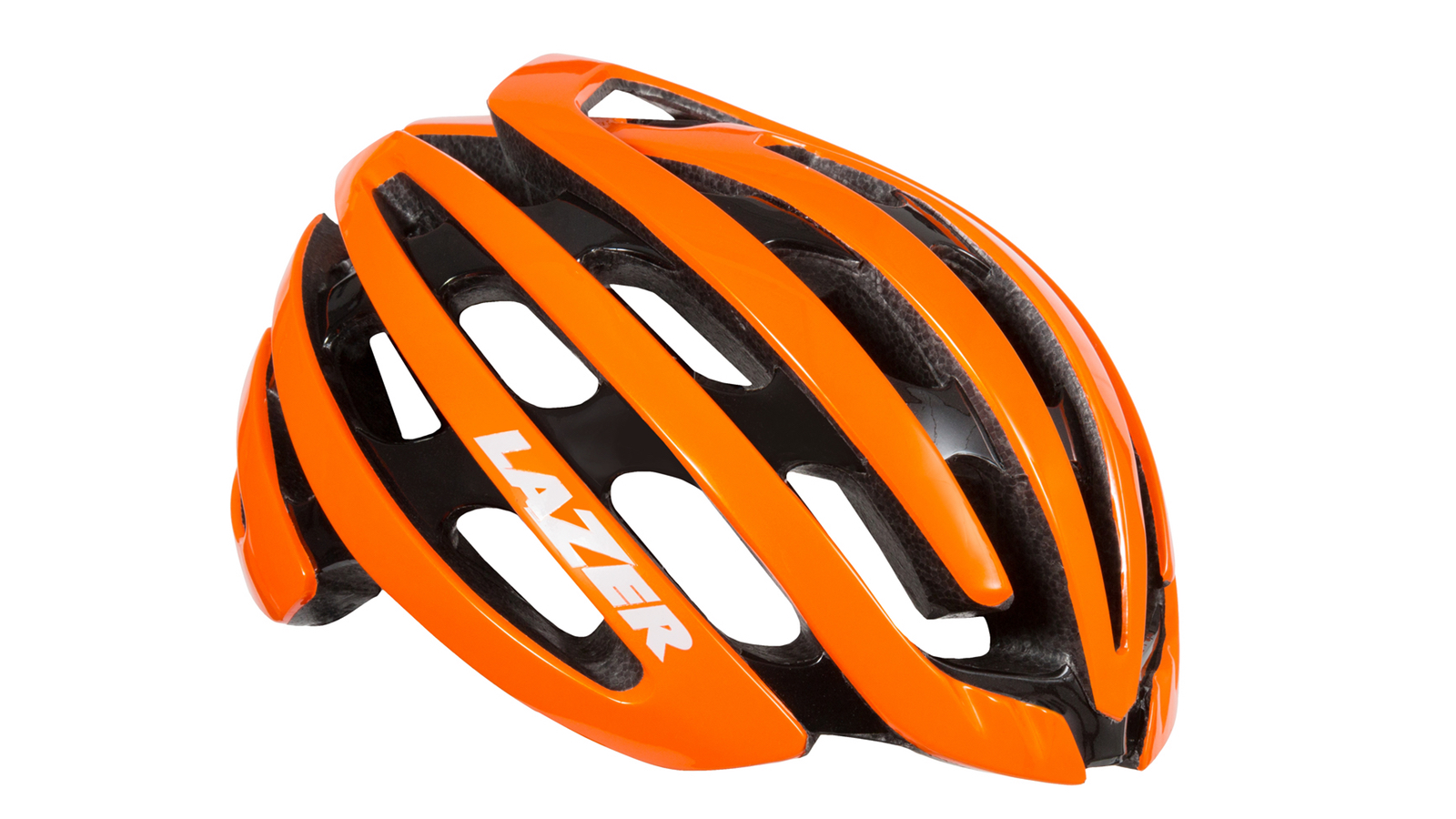
The helmet: Lazer Z1 with MIPS
Lazer has long been providing the pro peloton with what doctors call 'top-notch bonce protection'. This year's crop of safety helmets for team Lotto-Soudal is arguably the toughest yet.
New tech, dubbed Multi-directional Impact Protection System (MIPS), sees a low-friction layer added between the outer shell and the head, to absorb much of the rotational violence created by an oblique blow.
The Z1 also manages to remain extremely lightweight (232g in medium size) and has been developed in wind tunnels to be as slippery as possible. Plus, weekend riders can add LifeBeam, which sees a tiny ANT+ and Bluetooth heart rate sensor embedded in the forehead pads, so cyclists no longer have to wear a cumbersome chest strap.
£220 | Buy Lazer Z1 with MIPS
Running total: £7,429
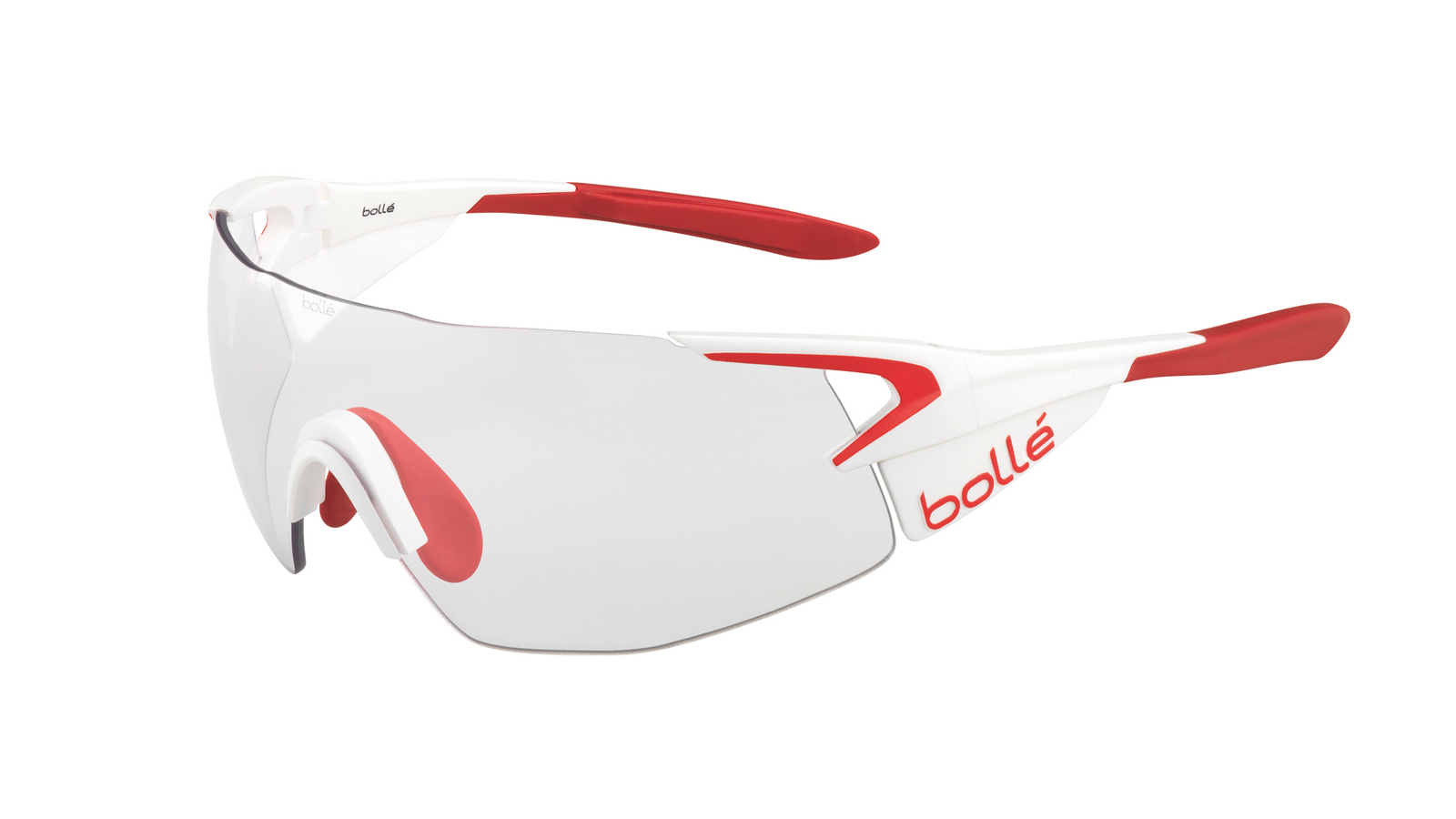
The glasses: Bollé 5th Element Pro
It's not just the obvious items that riders look towards when finding ways to save weight, improve aero and generally increase comfort levels during competition.
Even a pair of shades can mean the difference between winning and losing, which is why Bollé has crammed a ridiculous amount of tech into the 5th Element Pro.
The frames are ultra-lightweight and feature a special 'plaque' on the arms to improve aerodynamics, while the lenses use the latest photochromic technology that sees them transition from clear to grey when the sun shines.
And hey, you can even get them in Orica GreenEdge team colours for the super professional look.
£155 | Buy Bollé 5th Element Pro
Running total: £7,584
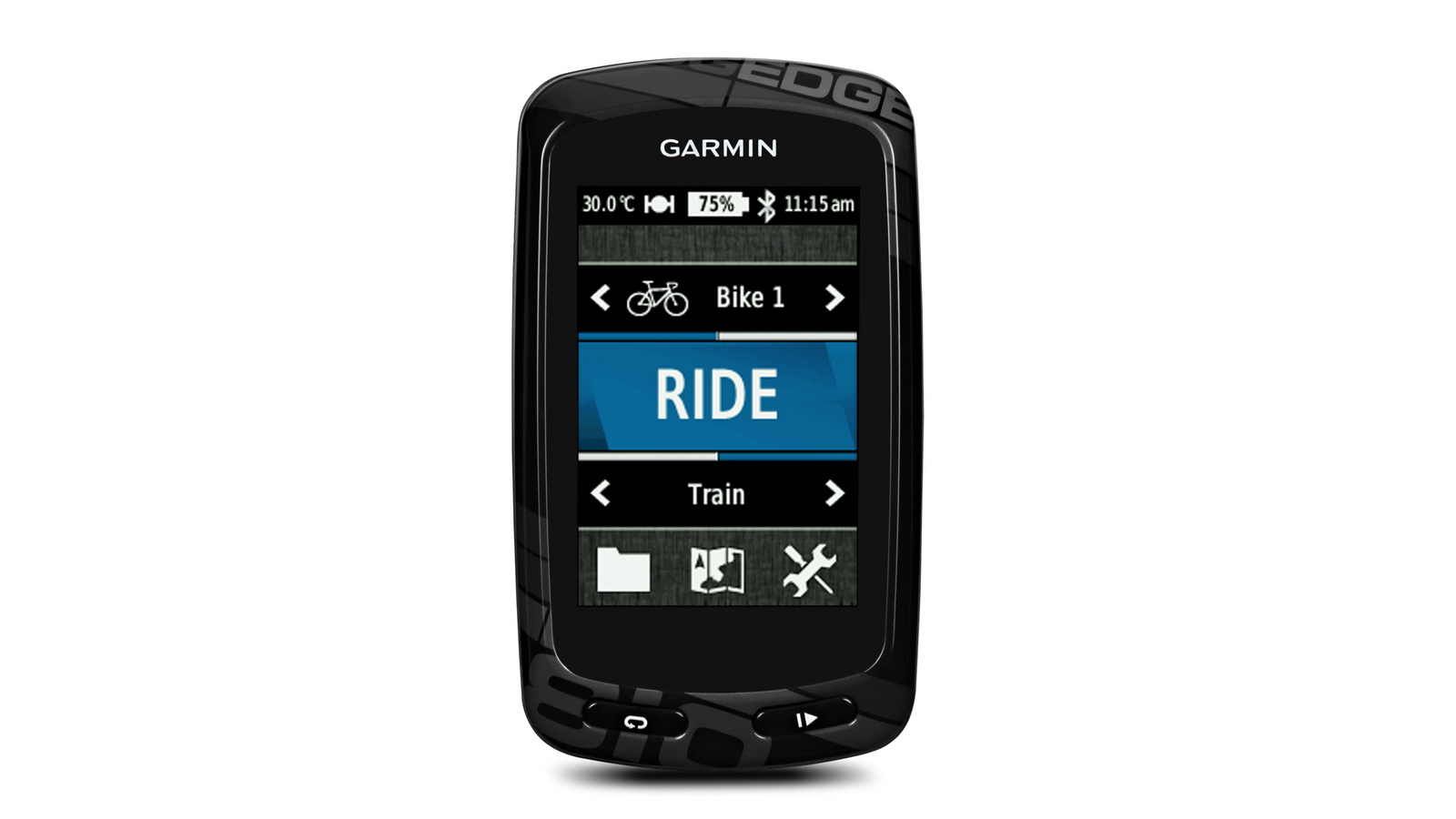
The computer: Garmin Edge 810
Professional riders crunch numbers like they're going out of fashion and it's not uncommon for pro teams to have a telemetry expert on the bus, downloading stats post-race and arranging them into neat charts for riders to pore over.
Garmin's 810 is a firm favourite data collector, as it records distance, speed metrics, ascent/descent, grade and can hook up to all sorts of ANT+ or Bluetooth sensors for heart rate and cadence readouts.
For the regular rider, Garmin's Connect smartphone app does all of the data crunching - organising stats into neat and easy-to-read formats, meaning you don't have to fork out for the data expert. It'll also auto sync with your Strava account, so every ride can be recorded and then shared with the community.
£320 | Buy Garmin Edge 810
Running total: £7,904
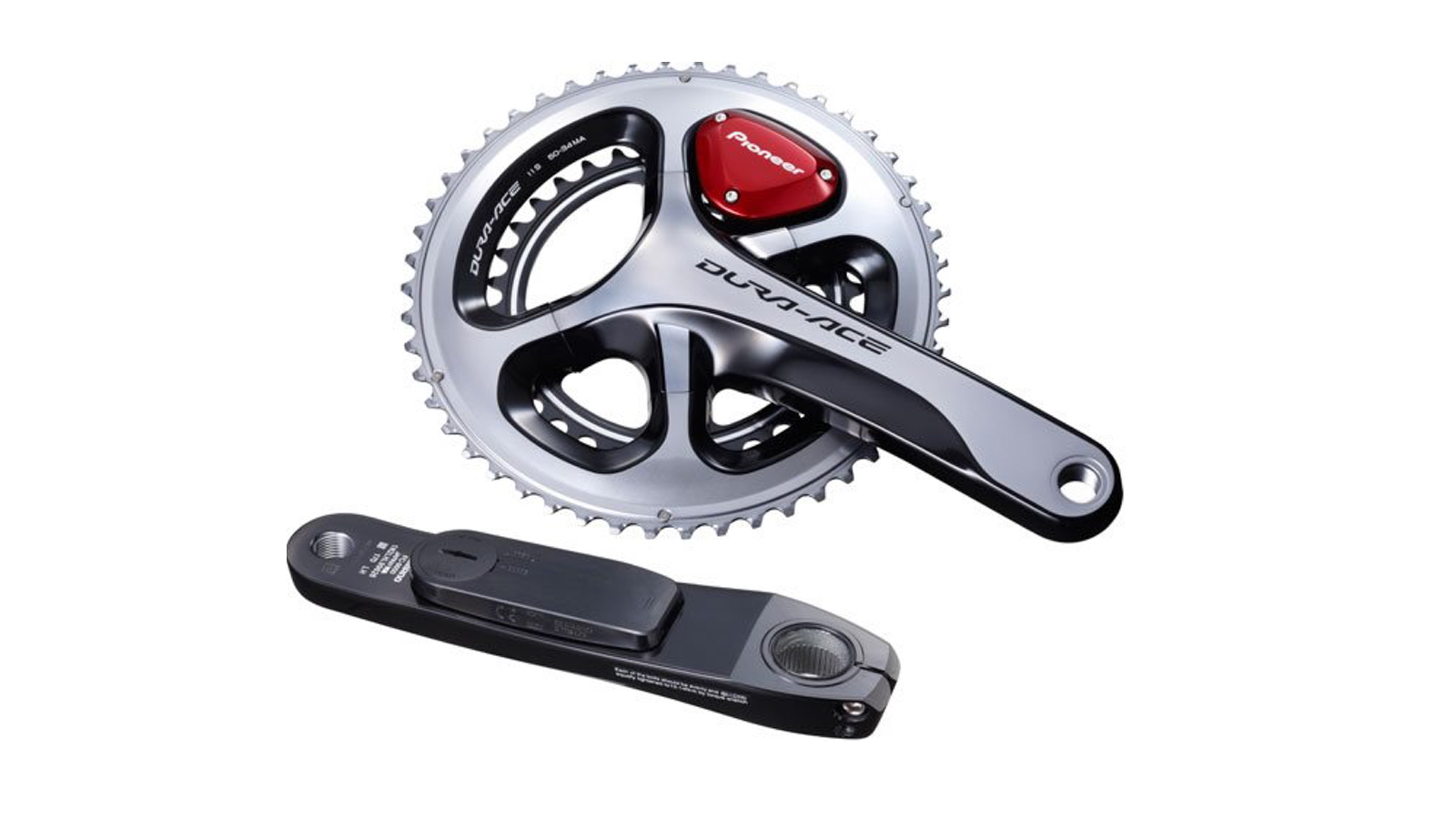
The power meter: Pioneer SGY-PM910H
The strange, colourful blob attached to the professional rider's chain rings is one of Pioneer's latest power meters and it's hard at work detecting minute changes in strain on the crank every 30° during pedalling.
When combined with a compatible bike computer, riders get a graphical, real-time representation of pedal force and efficiency, which is how many pros like to pace a race.
Here's Michael Mayer, Global Road Product Marketing Manager at Trek Bikes on the subject: "During training, some riders will analyse the sort of power they can afford to expend over a set period of time using on-board meters," he explains. "Come race day, they will then know when to deploy maximum wattage for sprints or tough climbs, or when to preserve power for later in the race by keeping a close eye on the computer."
£1,100 | Buy Pioneer SGY-PM910H
Running total: £9,004
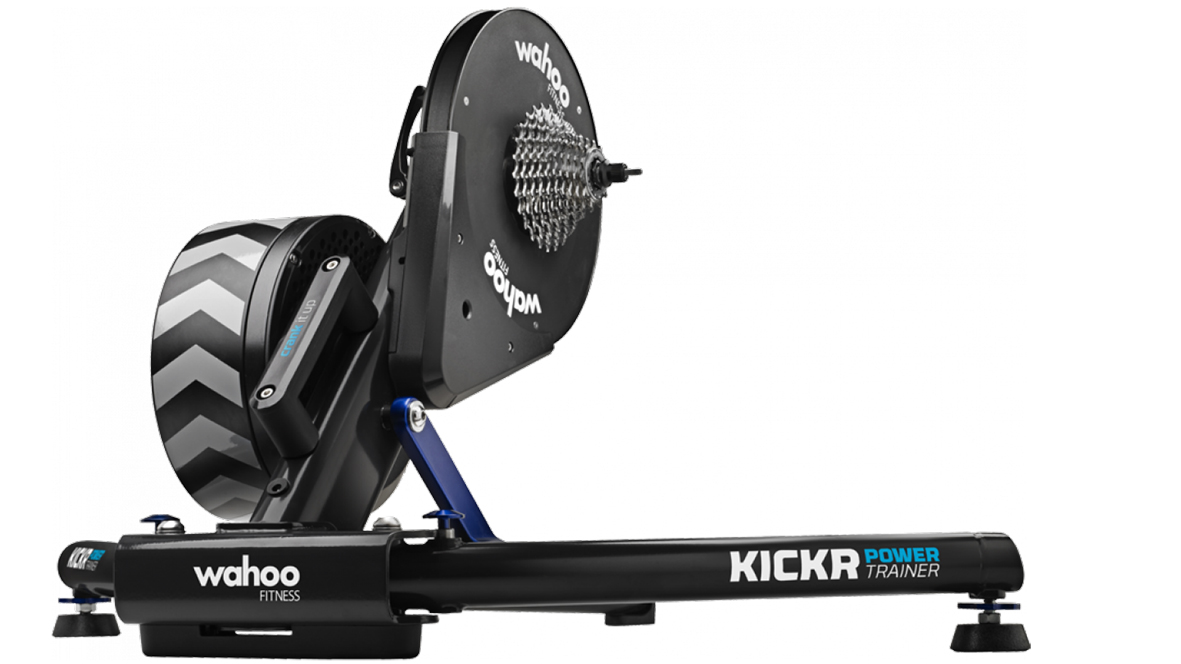
Wahoo KICKR Turbo Trainer
As used by Team Sky, the KICKR is perhaps the ultimate indoor training aid.
Simply whip the back wheel off your regular ride and bolt its powertrain into this trainer. Its flywheel will then take the place of the road.
This reduces wear on your tyres but not on you, because the flywheel puts up a highly impressive and precisely controlled amount of resistance. So impressive, in fact, that when T3 trialled one a few years back, the man tasked with the job very nearly expired.
Power data syncs via ANT+ or Bluetooth, and because it's so controllable and quick to react, the KICKR is a perfect partner to more graphically intense simulations such as Kinomap, as well as the more graph/stats-based and purist likes of Trainer Road.
Oh, and you'll also be pleased to know that for £1,100 you can get it as part of a "Pain Cave" bundle. Doesn't that sound like fun?
£949 | Buy Wahoo KICKR Turbo Trainer
Running total: £9,953

The fuel: Etixx Sports Nutrition
Riders will typically burn an average of 4,000 to 6,000 calories per race day of the Tour de France and finding the time to get these calories - as well as other nutrients - back into the body can be tough.
"Pro riders will have been working with a nutritionist for months, if not years,before embarking on the professional season," explains Charlotte Kennedy, Sports Nutrition Consultant at Etixx. "The team chefs will have detailed diet plans for each competitor, so they will aim to keep nutrition on an even keel during the Tour. Although that typically means loading up for the next day of racing before they've even crossed the finish line," she adds. Etixx, the principal sponsor of the Etixx-Quick-Step pro team, has formulated cutting-edge gels, drinks and bars that contain different carbohydrate forms that release energy at different times, so riders can replenish on the move. You'll often see the pros chugging down small sachets of energy gels andcaffeine-enriched drinks for an added boost in the race and a recovery shake with protein, carbohydrates, vitamins, minerals and creatine directly after.
From £1.99 (One Tour de France's worth of Etixx: £533 - see below for an in-depth analysis of this) | Buy Etixx Sports Nutrition
Running total: £10,486
This gives you some idea of how much energy a pro cyclists burns.
Charlotte Kennedy, sports nutrition expert at Etixx, says: "I've done some calculations based on two assumptions; that a rider would spend roughly 85 hours on the bike for the entire Tour, and that they would be aiming to consume 60-90g of carbohydrate per hour.
If this was the case, an example of what a rider might eat per hour is:
An Etixx Isotonic – 30g carbohydrate
An Etixx Energy Bar- 29g carbohydrate
An Etixx Energy Gel- 24g carbohydrate
This creates a total of 83g of carbohydrate per hour. If they were having this every hour, they would be consuming 85 of each product over the course of the Tour.
The total cost of these products are calculated from the price of individual products from Etixx:
Etixx Isotonic - £1.99 x 85 = £169.15
Etixx Energy Bar - £1.99 x 85 = £169.15
Etixx Energy Gel - £2.29 x 85 = £194.65
This makes a total of £532.95"
Get all the latest news, reviews, deals and buying guides on gorgeous tech, home and active products from the T3 experts
Leon has been writing about automotive and consumer tech for longer than he cares to divulge. When he’s not testing the latest fitness wearable and action camera, he’s out in a shed fawning over his motorcycles or trying not to kill himself on a mountain bike/surfboard/other extreme thing. He's also a man who knows his tools, and he's provided much of T3's drills coverage over the years, all without injuring himself.
